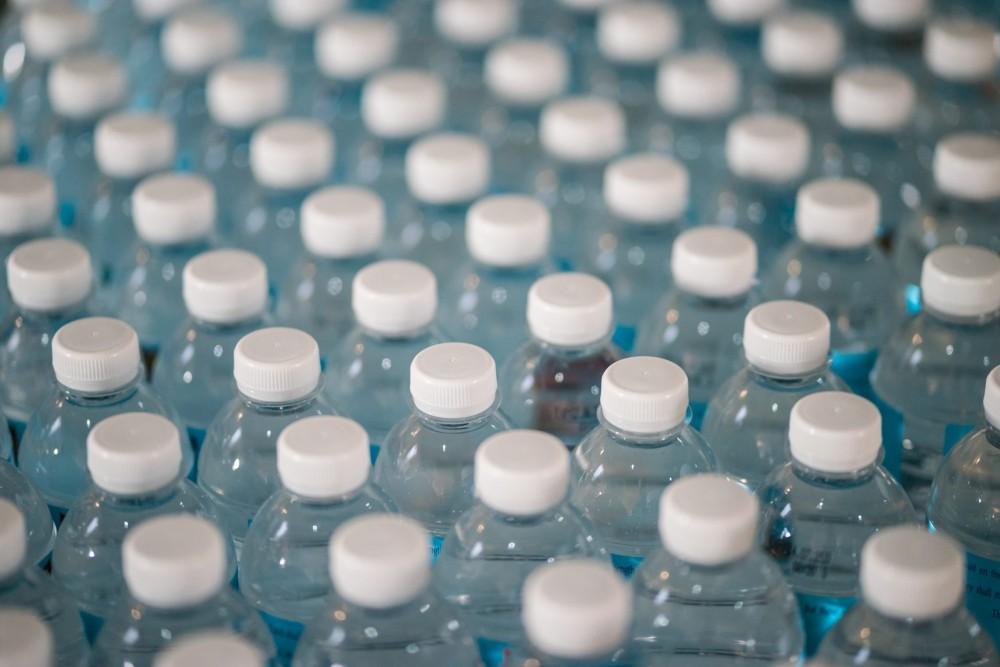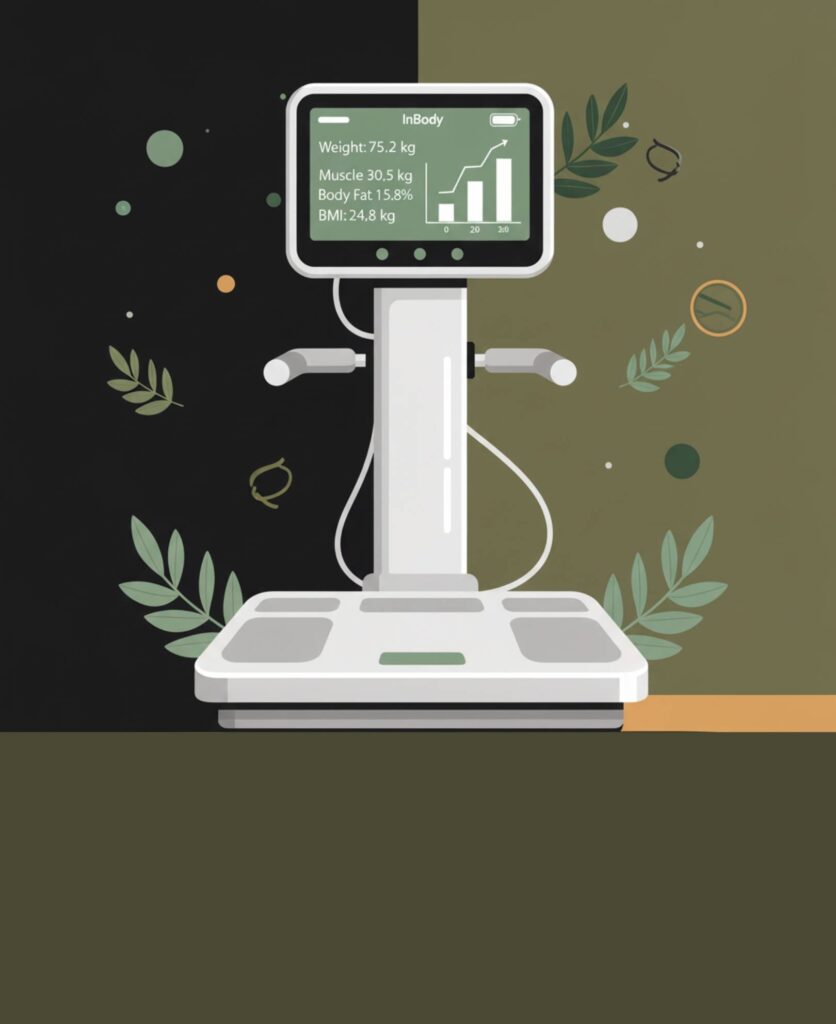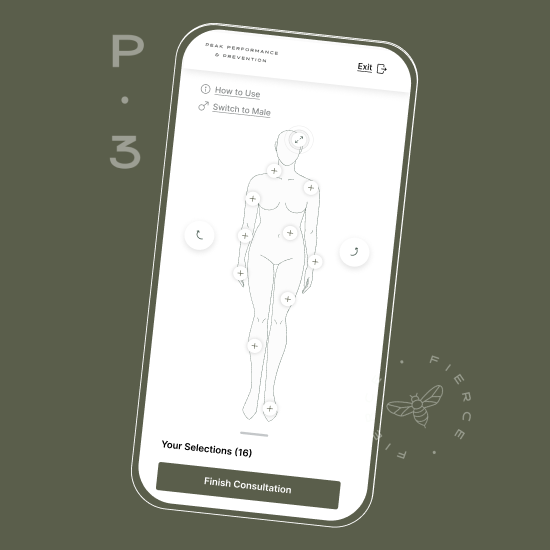
If we asked what the strongest risk factor is for developing a prostate related disorder (such as benign prostate hypertrophy or prostate cancer), what would you guess?
You may first think about family history, being African American, eating red meat, being overweight, or smoking. However, while all of these do contribute in various degrees, the strongest risk factor is age.
The impact of hormonal health on a man’s well-being generally manifest much later than in a woman. It is often a long, drawn-out process in comparison to the changes that commonly occur more rapidly for women as they age. It can also be harder for men to clearly identify these changes because they tend to appear more silently.
In addition, men are often much less likely to talk about their own health and seek medical advice, which can lead to delay in care. Specific attention should be paid to men’s health because of how its effects can decrease quality of life and sexual health.
PROSTATE HEALTH & DISEASES
The main job of the prostate is to produce seminal fluid, which is released during sexual activity. The prostate gland is located just below the bladder and in front of the rectum. It also wraps around the upper part of the urethra, the tube that carries urine from the bladder out of the body.
Although small (only about the size of a walnut or golf ball), its location virtually guarantees problems that can affect urination and sexual function if something goes awry.
Symptoms of an enlarged prostate (aka, benign prostatic hyperplasia, or BPH) and prostate cancer are similar. For that reason, it’s imperative that a man’s PSA levels be checked regularly, as symptoms alone may not tell the whole story.
MEN MAY EXPERIENCE:
- increased urination, including at night
- difficulty emptying the bladder
- difficulty starting urination
BENIGN PROSTATIC HYPERPLASIA (BPH):
In terms of BPH, as a man passes his fifth decade of life, serum testosterone levels decrease and estrogen (as well as brain derived hormones prolactin, luteinizing hormone, and follicle-stimulating hormone) levels rise.
Testosterone is metabolized to DHT (a much more potent androgen) by the enzyme 5 alpha-reductase. DHT causes the prostate to grow.
Estrogen increases the number of male sex hormone/androgen (DHT) receptors in the prostate and inhibits male sex hormone (androgen) metabolism.
In turn, factors that promote the accumulation of estrogens and DHT lead to symptoms of BPH and obstruction of the lower urinary tract, which then cause bladder muscle dysfunction.
Likewise, obesity and insulin resistance also play a significant role related to the chronic inflammation that they create.
Most men develop BPH to some degree, though not everyone is troubled by it. Symptoms are believed to be due to a combination of physical obstruction by the enlarged prostate and obstruction-induced bladder dysfunction. Potential complications of BPH include urinary tract infection, urinary tract or bladder stones, urinary retention, and kidney dysfunction.
For those who struggle with BPH, the effect is simple…the tube (urethra) which carries urine out of the bladder passes directly through the middle of the prostate; since the prostate is nested in a very limited area, as it grows it meets resistance. This creates pressure within the prostate gland that squeezes the urethra, making it more difficult to pass urine. This progression leads to an unstable bladder muscle and worsening symptoms.
TREATMENTS:
Lifestyle: There are many things that you can do to impact your prostate health on your own. Improving testosterone balance through better nutrition, weight loss, and exercise may be beneficial – especially for men whose testosterone level is on the borderline between low and normal.
Exercise may not only help shed unwanted pounds but may also help boost testosterone. Research has found that not only do strength workouts have a bigger effect on testosterone but doing them in the early evening may also be of benefit, since testosterone levels are naturally lower in the evening.
Assuring that you don’t do workouts too close to bedtime or overdo them is important, though. Late workouts can increase cortisol (a stress hormone) which can lower testosterone even more.
You will also likely be happy to know that research supports more sexual activity as beneficial in prostate health.
NON-PRESCRIPTION TREATMENTS
Beside pharmaceutical drugs that your provider can prescribe, therapies that have been found to reduce hormonal stimulation of prostatic cell growth include:
- good nutrition to help balance hormones
- losing deep visceral body fat
- reducing heavy alcohol consumption
- regular exercise and movement
An anti-inflammatory diet that is low in red meat and dairy, high in good fats such as foods rich in omega-3 fatty acids (salmon, nuts, or flax) and rich in phytosterols (including olives, sesame seeds, pumpkin seeds, and their respective oils) can also help reduce inflammation and the negative detrimental effects that testosterone and estrogen metabolites may have.
Consuming one to two tablespoons of freshly ground flaxseed twice daily can also be beneficial.
Dietary supplementation may have some benefits, as well.
Preferred preparations include:
- Zinc sulfate
- Selenium
- Lycopene
- Saw Palmetto
- Resveratrol
- Pumpkin Seed




